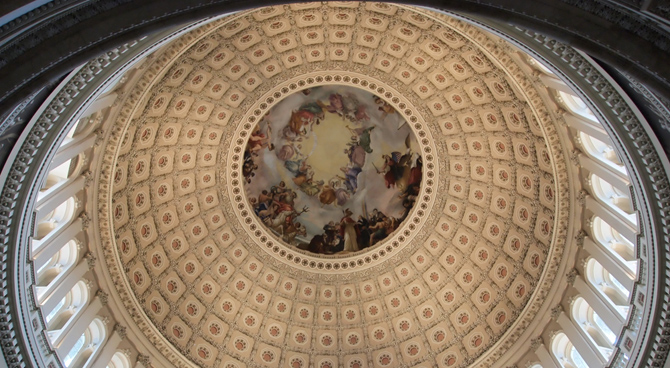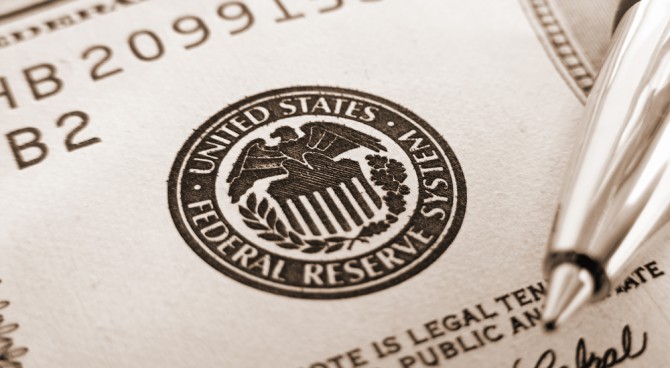by Phil Gramm
Had the U.S. economy recovered from the current recession the way it bounced back from the other 10 recessions of the Post-War Period, our per capita Gross Domestic Product would be $3,553 higher and 11.9 million more Americans would now be working.
Those startling figures are based on the average recovery rate of real GDP and jobs three years after the beginning of each post-war recession. Some apologists suggest that the current recovery is so weak because the recession was so deep. But the totality of our experience in the post-war period is exactly the opposite — the bigger the bust, the bigger the boom that follows.
On average, three years after the four deepest previous recessions started, real GDP was 7.6% higher than the pre-recession level. During the Obama recovery real GDP is up only 0.1%. Forty months after the start of the 1953, 1957, 1973 and 1981 recessions employment was on average 4.7% higher than the pre-recession peaks, while employment today is still down 4.7%– that’s a total employment gap of 13.9 million jobs.
The problem is not just the weak recovery but increasing evidence that the economy is now on a growth path far different from the previous quarter century. Despite the largest monetary and fiscal stimuli in American history, in 2009 the capital stock of the nation actually shrank for the first time in the Post-War Period. Our current economic underperformance seems so likely to continue that consensus forecast have difficulty visualizing an America of tomorrow that looks like the country we grew up.
Nothing is better documented in the world economy than the principle that the economic system of a nation is the primary determinant of its success. In America, changes in economic policy have generally been so gradual that recessions and ensuing recoveries have simply brought the economy back to the same growth trend line. But there are exceptions. Would anybody seriously deny that the Reagan policies of the early ‘80s had such a significant effect on economic growth and employment that they changed the growth trend line?
In 1982, unemployment reached 10.8% as the Federal Reserve Bank tightened monetary policy in order to put the brakes on inflation. Conditions were hardly conducive to recovery and yet the strong, sustained recovery that followed is permanently identified in our collective memory as the good old days. If we had matched the 1982 recovery rate, today, annual per capita income would be $4,154 higher — that’s an extra $16,600 for a family of four — and some 15.7 million more Americans would have jobs. That’s enough jobs to employ 100% of the 13.5 million Americans currently classified as being unemployed. In addition, we would have provided jobs for 30% of both the 2.4 million discouraged or marginally attached workers and the 4.8 million who have totally dropped out of the workforce since January 2008.
In fact, a compelling case can be made that Reagan’s tax cuts, social security reforms, regulatory reforms and limits on the growth and power of the federal government not only helped the economy shake off the malaise of the 1970’s but generated a Reagan economic growth premium that bore dividends for Americans until 2007.
And if the Reagan policies of the 1980’s were sufficiently different from those of the previous decade to generate a growth premium, cannot a case be made that the policies of the Obama Administration are sufficiently different from those of the previous quarter century to alter the growth trend and impose a growth discount?
Federal spending under President Obama’s policies literally exploded. If his 2011 budget were implemented, this President would increase the outstanding Federal debt more than the previous 43 Presidents combined. Government control of the healthcare system and the financial system has been massively expanded. The Administration proposed the most dramatic expansion of the power of organized labor since the Great Depression, engaged in a diatribe against wealth accumulation, undertook a massive expansion in the regulatory power of the Federal government and proposed the largest tax increases in American history. Those tax increases were aimed almost exclusively at America’s entrepreneurs, risk takers and small businesses.
President Obama wasn’t just reacting to events which were unfolding as he took office: the Administration arrived in Washington with a mandate from voters in one hand and a blank check from Congress in the other. How convenient it was to assume that government could takeover the healthcare system, raise taxes, massively expand regulatory power and unleash a deficit spending orgy without producing a significant deviation in the growth trend of the previous quarter century. Apparently, President Obama failed to notice that Bill Clinton witnessed his strongest period of economic growth only after his health care takeover and stimulus bills were defeated, welfare rolls were pared, the capital gains tax was cut and the budget was balanced.
The recovery is being stifled by the massive policy changes undertaken by this Administration and the previous Congress. Whether in absolute or relative terms, whether in comparison to our own experience or the performance of our competitors, America’s wealth producing ability has been diminished.
Until last November’s elections and the December compromise in the lame-duck Congress, it seemed virtually certain that marginal tax rates on income, dividends and capital gains would rise dramatically. It was not until the off-year election results provided business with some confidence that the Administration’s ability to further implement its policies through legislative action was at an end, that the recovery began to show modest improvements. In short, the 2010 elections imposed a cap on the upside risk associated with the Administration’s policies and slightly reduced the Obama growth discount.
A good trial lawyer might argue that the star-struck millions who voted for President Obama knew or should have known that the election would mean a larger, more powerful Federal government, a massive increase in social spending and higher taxes on the most productive members of American society, and that the voters got exactly what they voted for. Elections have consequences. But, it is equally clear that Americans did not realize that the price they might pay for big government would be 15.7 million fewer jobs and $4,154 less in per capita income. Big government costs more than higher taxes. It is paid for with diminished freedom and less opportunity. You can’t have unlimited opportunity and unlimited government.
*The author is a former U.S. Senator from Texas and former professor of economics at Texas A&M University




